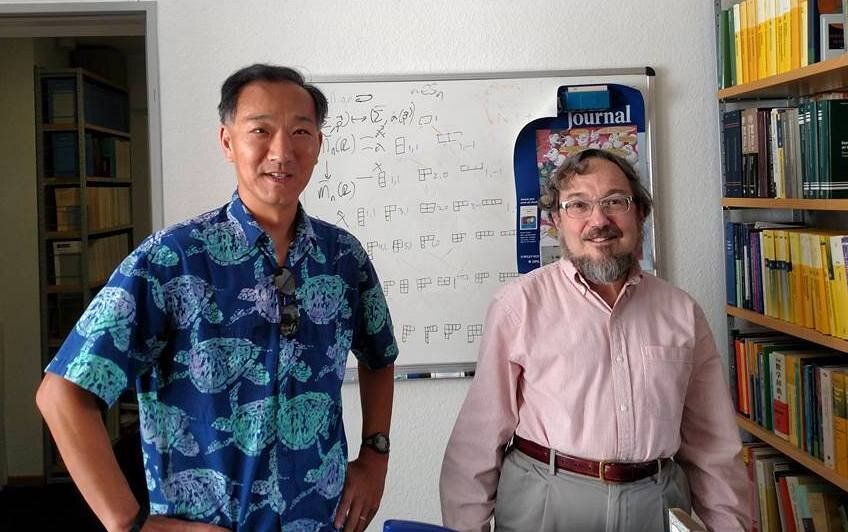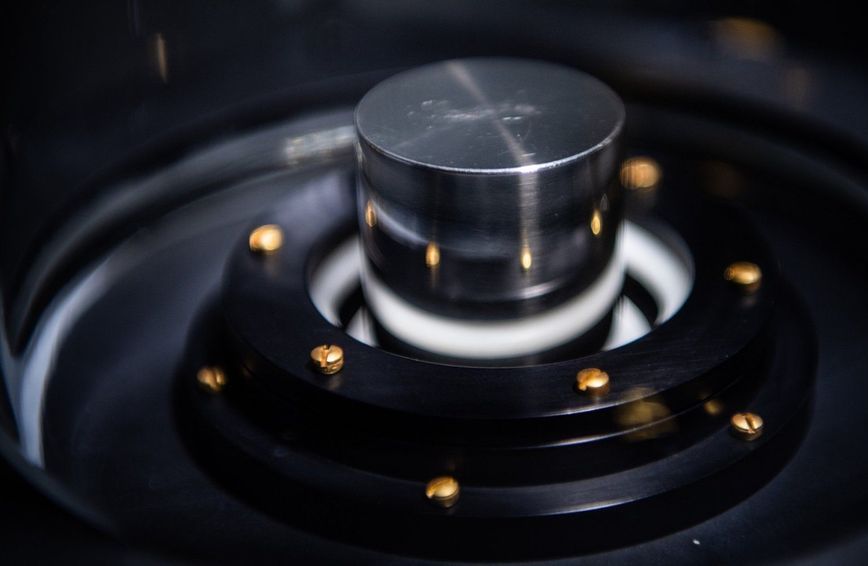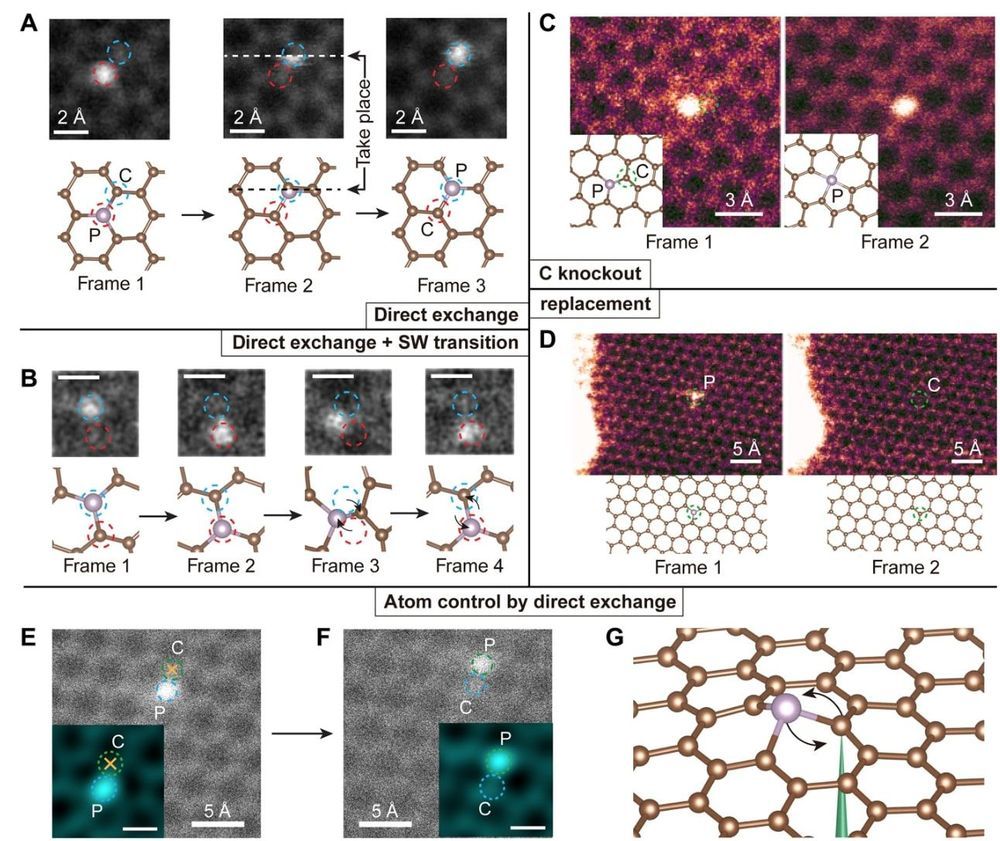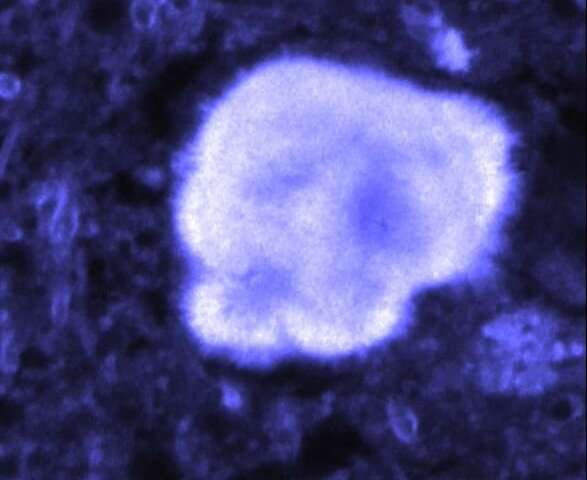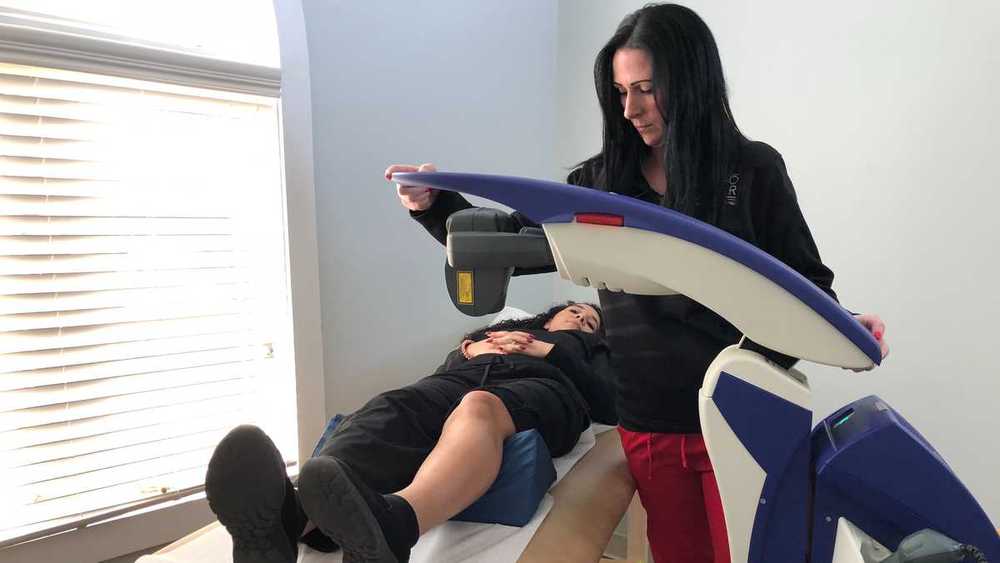May 21, 2019
Mathematicians revive abandoned approach to the Riemann Hypothesis
Posted by Quinn Sena in category: mathematics
Many ways to approach the Riemann Hypothesis have been proposed during the past 150 years, but none of them have led to conquering the most famous open problem in mathematics. A new paper in the Proceedings of the National Academy of Sciences (PNAS) suggests that one of these old approaches is more practical than previously realized.
“In a surprisingly short proof, we’ve shown that an old, abandoned approach to the Riemann Hypothesis should not have been forgotten,” says Ken Ono, a number theorist at Emory University and co-author of the paper. “By simply formulating a proper framework for an old approach we’ve proven some new theorems, including a large chunk of a criterion which implies the Riemann Hypothesis. And our general framework also opens approaches to other basic unanswered questions.”
The paper builds on the work of Johan Jensen and George Pólya, two of the most important mathematicians of the 20th century. It reveals a method to calculate the Jensen-Pólya polynomials—a formulation of the Riemann Hypothesis—not one at a time, but all at once.
Continue reading “Mathematicians revive abandoned approach to the Riemann Hypothesis” »
